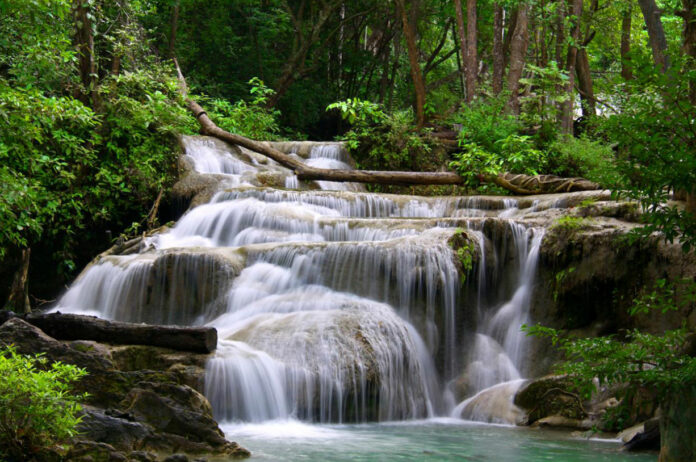
BANGKOK — It’s the time of the year when nature calls for Thailand’s national parks to temporarily close, so best check ahead before paying a visit.
Due to whimsical weather that may create unsafe conditions and to allow for some ecological recovery time, several national parks close every year for certain periods between March and December.
Not sure? Contact the national park prior to planning a visit. Phone numbers for all national parks are available online in English.
In the north, closures stretching through October include the campsite at Doi Suthep-Pui in Chiang Mai province, and in Kamphaeng Phet province, the Mokochu Peak trail and three waterfalls in the Mae Wong National Park. The Kew Mae Pan nature trail to the highest peak of Chiang Mai’s Doi Inthanon will close July 1 through October.
Read: Andaman Marine Parks Close For 5 Months
In the northeast, Khao Yai’s Pha Diao Dai, Phu Kradueng peak in Loei Province and Phayanakarat Cave of Phu Pha Man in Khon Kaen will be closed June to September.
In the east, Ko Kudi and Ko Thalu of Rayong’s Khao Laem Ya – Mu Ko Samet will close until September while Ko Thonglang, Ko Kra and Ko Thian of Trad’s Mu Ko Chang are closed indefinitely.
In the west, Mae Saliang Waterfall, Khao Phanoen Thung and Baan Krang Camp of Kaeng Krachan in Phetchaburi will be closed August to October. In Kanchanaburi, Klity waterfall and three caves in Lam Khlong Ngu are closed indefinitely.
In the south, several Andaman marine parks are closed through Oct. 14 including certain islands of Mu Ko Lanta, Phang-nga’s Ko Similan, Ko Ta Chai and Mu Ko Surin.
Related stories:
Monsoon Brings Spectacular but Dangerous Falls to National Park















































